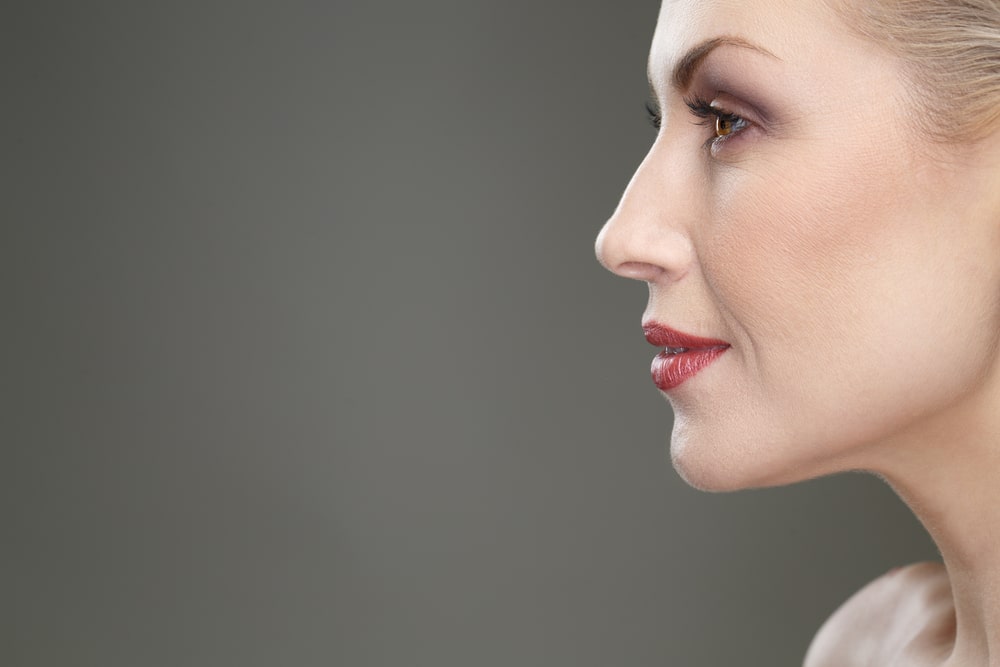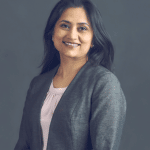Your Treatment Options For A Double Chin

Studies show that a vast majority of Americans are bothered by fullness under the chin, otherwise known as a double chin, or submental fullness in medical speak. Even with weight loss, this can be a difficult area to slim down. Sometimes, it can have a genetic component that makes it as much harder to treat on your own. Fortunately, we have very effective cosmetic treatments for a double chin. They range from non-invasive office procedure, to a surgical neck lift. The treatments are tailored to your specific concerns, and recovery time.
Kybella
This unique injectable option is made specifically to remove fat from the chin area. It’s made from deoxycholic acid, which is found in the body’s digestive system and aids in the breakdown of fat cells. It involves a series of injections that can take a few months to fully address a double chin. On an average, patients require 2-3 treatment sessions. It avoids invasive surgical techniques, and each 15-20 minute session can easily be fit into your busy schedule. Patients with mild to moderate fullness, and good skin tone are ideal candidates for this. Side effects include swelling and numbness at the injection area. The swelling can last for 1-2 weeks, and it can take up to 6 weeks for full improvement to be apparent. The fat cells that are dissolved are permanently removed by your immune system. It is not indicated if loose skin is a greater concern than excess fat. If you’re a busy professional looking for non-surgical options, Kybella might be for you.
Liposuction
This is another method for permanent treatment of addressing double chin. Chin liposuction can be done as an office procedure using numbing medicine (local anesthesia). Dr. Fichadia will make a small incision under the chin to gain access to pockets of fat. Once the fat is loosened using a thin metal tube, it’s suctioned out and the incisions are closed. Patients are generally prescribed anti-anxiety medicine to be taken before the procedure. During recovery, you may need to wear a compression garment to prevent swelling for the first week. You can generally return to light office-work within a few days. Side effects include mild bruising, which can be concealed with make up after the first week. Its benefits over Kybella include the need for only a single treatment. Just like Kybella, patients with moderate fat excess and elastic skin are good candidates for this treatment. It doesn’t address any significant skin loosening.
Neck Lift
If you have loose skin in addition to excess fat in the chin, then Dr. Fichadia may recommend a neck lift. The neck lift specifically treats the lower face and neck area where excess fat and skin can cause a double chin and neck bands. This procedure requires general anesthesia. Dr. Fichadia makes incisions (under the chin and around the ear) to gain access to the underlying fat and loose skin, which is draped. Any extra skin can be trimmed, and this can tighten the neck and create a youthful contour. Your downtime will depend on the extent of your procedure, but it can take about 2 weeks for the incisions to heal and bruising to settle.
Some patients choose a direct excision neck lift where the incision is made in the front of the neck to address the excess skin directly. The benefits are quicker recovery and minimal bruising, but the tradeoff is a visible scar in the front of your neck.
Schedule a Consultation
Dr Fichadia strongly believes in individualizing treatment plan for each patient based on his or her anatomy, priorities and lifestyle. The best way to determine which treatment option is best for you is through a consultation with Dr. Fichadia in our Portland OR office. Contact our office at (503) 488-2344 or send us a message to get started
Dr. Fichadia is a double board-certified, comprehensively trained plastic and reconstructive surgeon. She completed general surgical training at St Elizabeth’s Medical Center, an affiliate of Tufts University School of Medicine in Boston, MA, and subsequently completed a highly competitive plastic surgery program at Oregon Health and Science University in Portland, OR. She has presented research from her time in Boston and Portland at national and international surgical meetings such as Clinical Congress of the American College of Surgeons and annual meeting of American Society of Plastic Surgery.
-
Dr. Hetal Fichadiahttps://www.drfichadia.com/author/admin/
-
Dr. Hetal Fichadiahttps://www.drfichadia.com/author/admin/
-
Dr. Hetal Fichadiahttps://www.drfichadia.com/author/admin/
-
Dr. Hetal Fichadiahttps://www.drfichadia.com/author/admin/
 (503) 488-2344
(503) 488-2344





